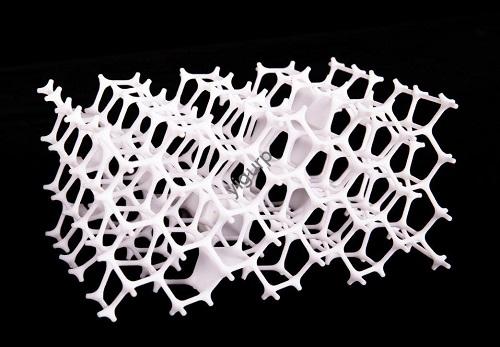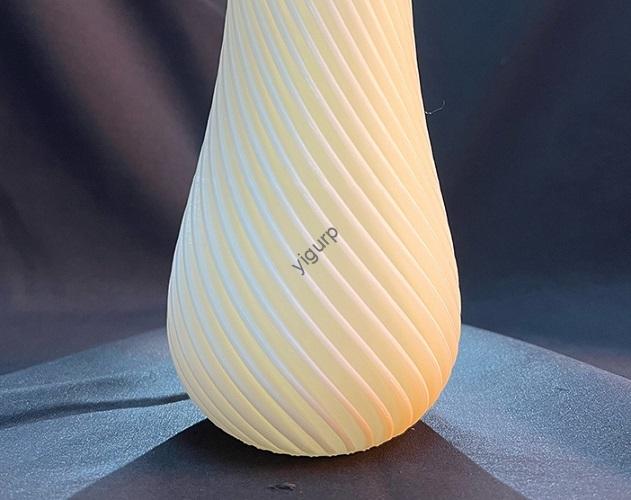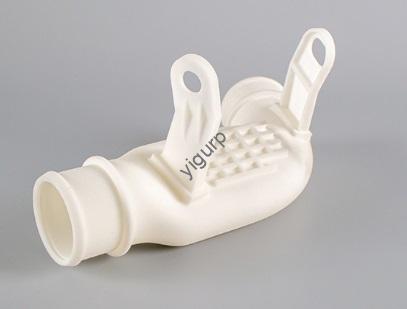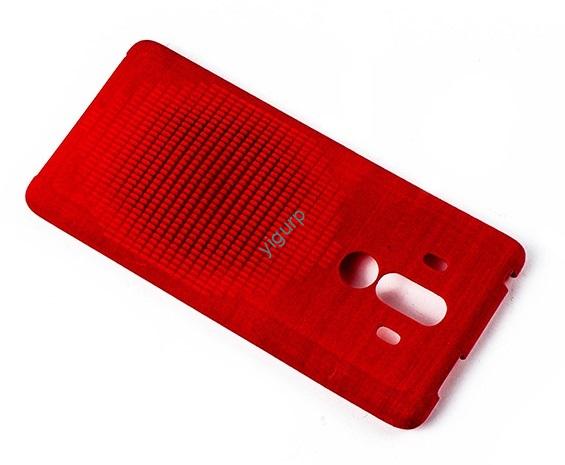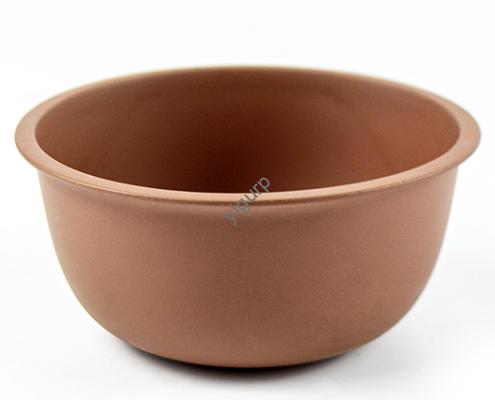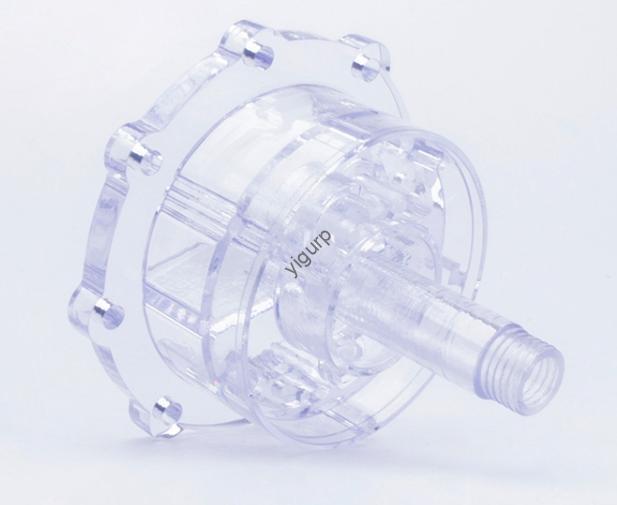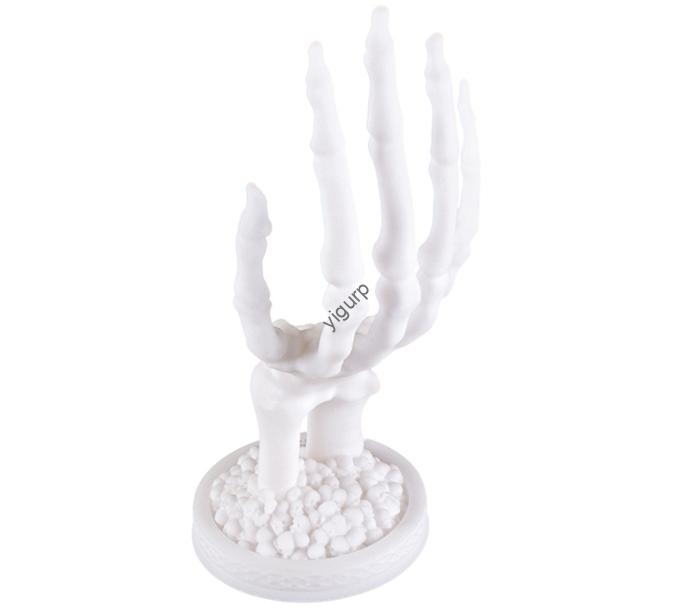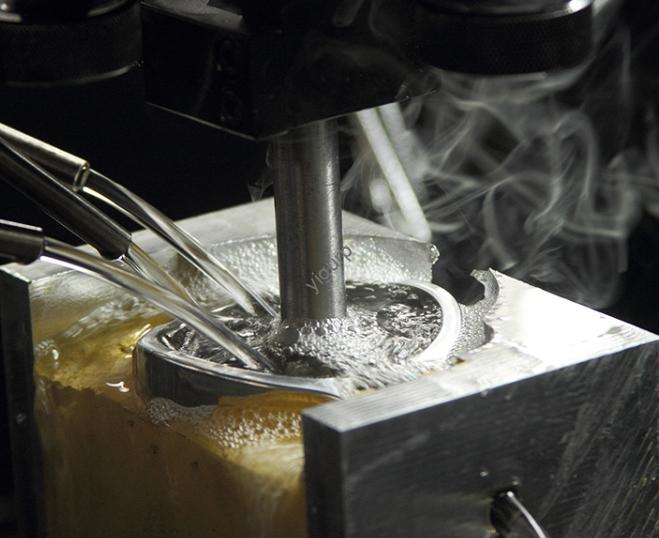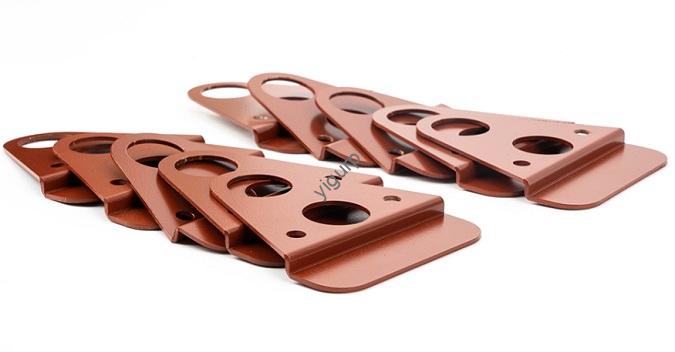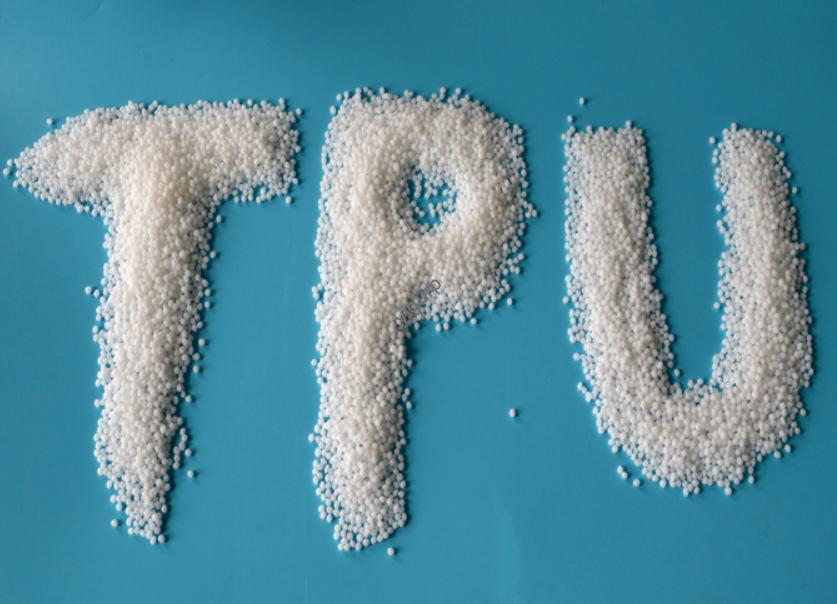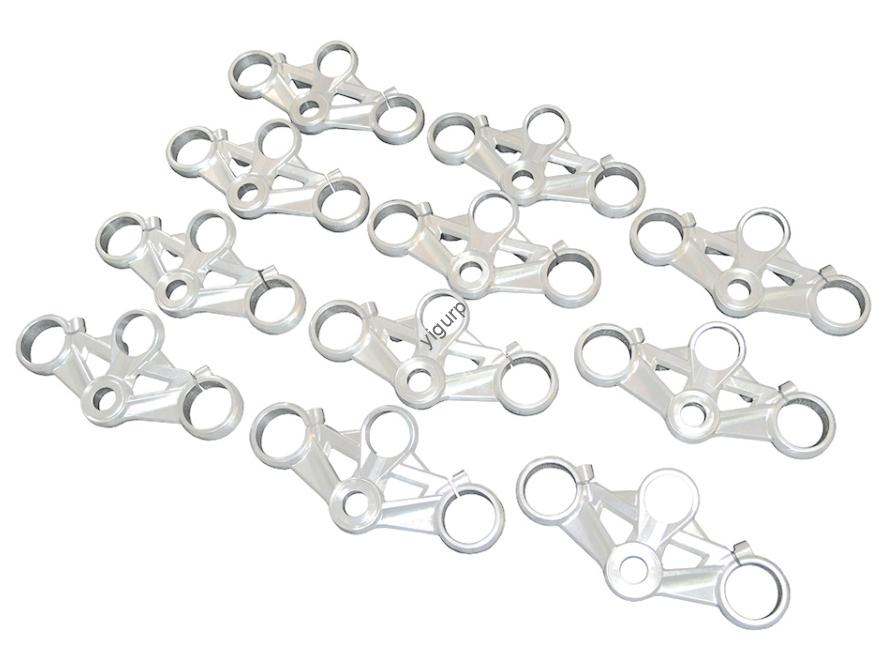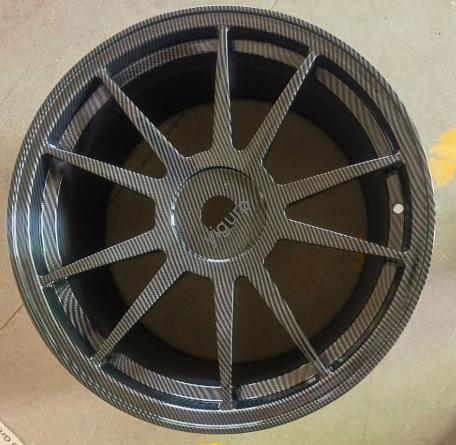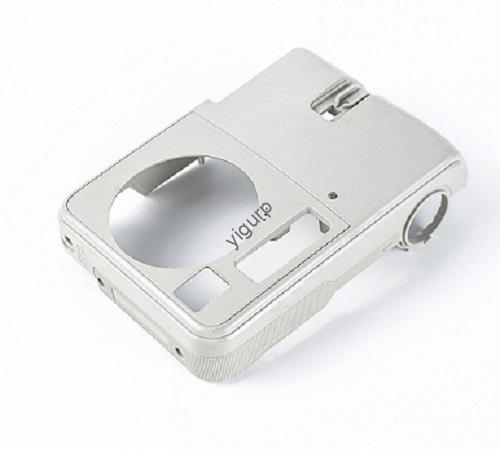ABS Robot Prototype: Guide to High-Precision Proofing for Engineers
If you’re a product engineer or procurement professional working on robot development, you know how critical ABS robot prototype proofing is to cut costs and avoid design flaws. This guide breaks down every step of creating a reliable ABS robot prototype—with real-world examples, data, and tips to solve common challenges. 1. Why Choose ABS Plastic […]
